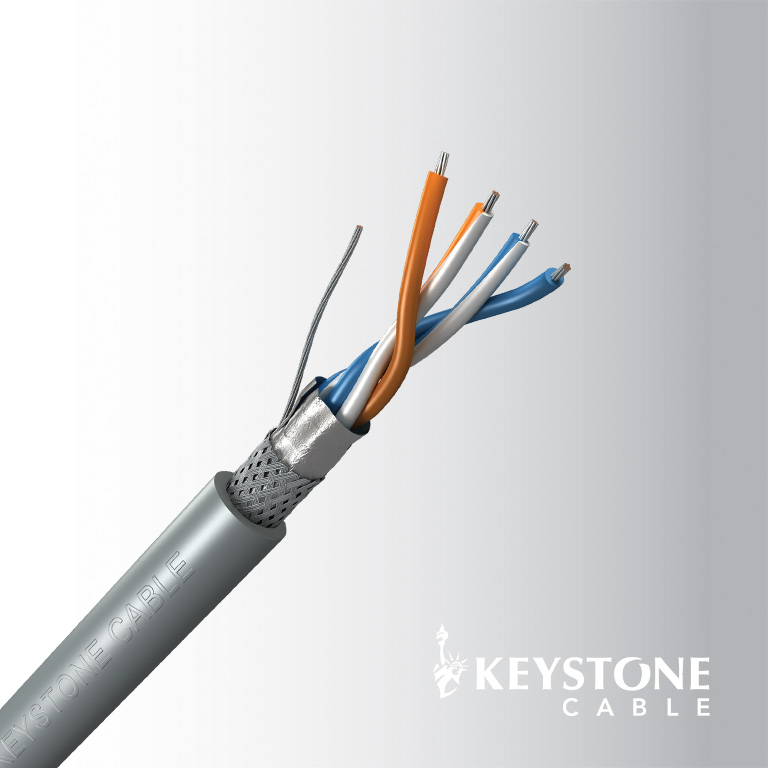상담완료 | Carmela님의 문의
페이지 정보
작성자 Carmela 작성일24-05-30 08:04 조회105회 댓글0건관련링크
본문
이메일 : carmelapruitt@gmail.com 연락처 : 예식일 : What is Rs485 Cable and how Does It Work? 문의내용:
The SCK pin’s synchronous clock signal has configurable phase, polarity and baud rate so that it can interface to a variety of synchronous serial devices. The two lowest order bits in the SPCR control register, named SPR1 and SPR0, determine the data exchange frequency expressed in bits per second; this frequency is also known as the baud rate. A symmetrical pin-layout allows two DTEs, data terminal equipment, to be connected directly without use of a modem or other DCE, data communication equipment. This ability to exchange messages means that the SPI is capable of full duplex communication. The wide supply voltage range also means that you can allow for a significant voltage drop along the bus (e.g., when using a bus cable of considerable length). This detects the presence of more than one master on the SPI bus. You can easily connect more devices by splitting the cable at one connector and adding another cable to it. The equipment located along a set of RS-485 wires are interchangeably called nodes, stations or devices. Transmissions are always initiated by the master device, and consist of an exchange of bytes.
It is important to note that when the CPHA bit is 0, the /SS line must be de-asserted and re-asserted between each successive data byte exchange (68HC11 Reference Manual, Section 8.3.2). If the CPHA bit is 1, rs485 cable the /SS line may be tied low between successive transfers. The GROUND line serves as a common voltage reference for the master and slave. Also, in the diagram, the master’s /SS (slave select) is configured as an output. The arrows in the diagram point to pins configured as inputs, and originate from output pins. If the programmer has enabled the local interrupt mask for the SPI, an interrupt is recognized at this point. SPIE is a local interrupt mask that allows an interrupt to be recognized when an SPI data transfer has completed, or if a write collision or mode fault is detected. The BufferToSPI() function implements fast data transfer from a specified buffer in the controller’s memory to an SPI device. This function properly configures the directions of the SPI I/O pins, and configures the data transfer such that data is valid on the falling trailing edge of the clock, with the clock idling in the low state. The advantage of the RS485 protocol is that this it can transfer data over longer distances, up to 4000 feet, and have up to 32 nodes per single network, and it can be used for multi-point networks where multiple serial devices are setup in a bus network.

Regardless of the network, however, there are only four signals used: SCK provides a synchronized clock, MOSI and MISO signals are used for data transmission and reception, and /SS configures the QScreen as a master or slave device. The only difference between the master and slave devices is that the master initiates the transmission. Interoperability of even similar devices from different manufacturers is not assured by compliance with the signal levels alone. In this example, the QScreen Controller selects the serial A/D by outputting a LOW signal on /SS. For example, Belden 3105A cable can be specified, but different types of cable with equivalent characteristics can be used. RS-485 and RS-422 can interoperate with certain restrictions. RS-485 does not define a communication protocol; merely an electrical interface. RS-485 supports inexpensive local networks and multidrop communications links, using the same differential signaling over twisted pair as RS-422. Although the devices would share the same network, communications would only be understandable by members of the same group.
In general, all devices on a network should use the same phase, polarity, and baud rate clock signal. Finally, for master devices, the SPR1 and SPR0 bits determine the baud rate at which data is exchanged. This configuration works for many SPI devices, including the optional battery-backed real-time clock. The foreword to the standard references The Telecommunications Systems Bulletin TSB-89 which contains application guidelines, including data signaling rate vs. Pre-coded device drivers configure the SPI for a standard data format, and it is easy to customize a data format and baud rate for your application. The InitSPI() function provides a convenient way to initialize the SPI as the master at a 2MHz baud rate. This function cannot accept incoming data; consult its glossary entry for details. Consult their glossary entries for details. The QScreen allows the details of the synchronous communications protocol to be customized for compatibility with a variety of peripherals. There are a variety of ways the MOSI, MISO, SCK and /SS pins on your QScreen Controller can be connected. As the master transmits its data, 8 bits of data are simultaneously received. Any required SPI output signals must be configured as outputs, either by calling InitSPI() or by setting the appropriate bits in the Port D data direction register DDRD.
댓글목록
등록된 댓글이 없습니다.

